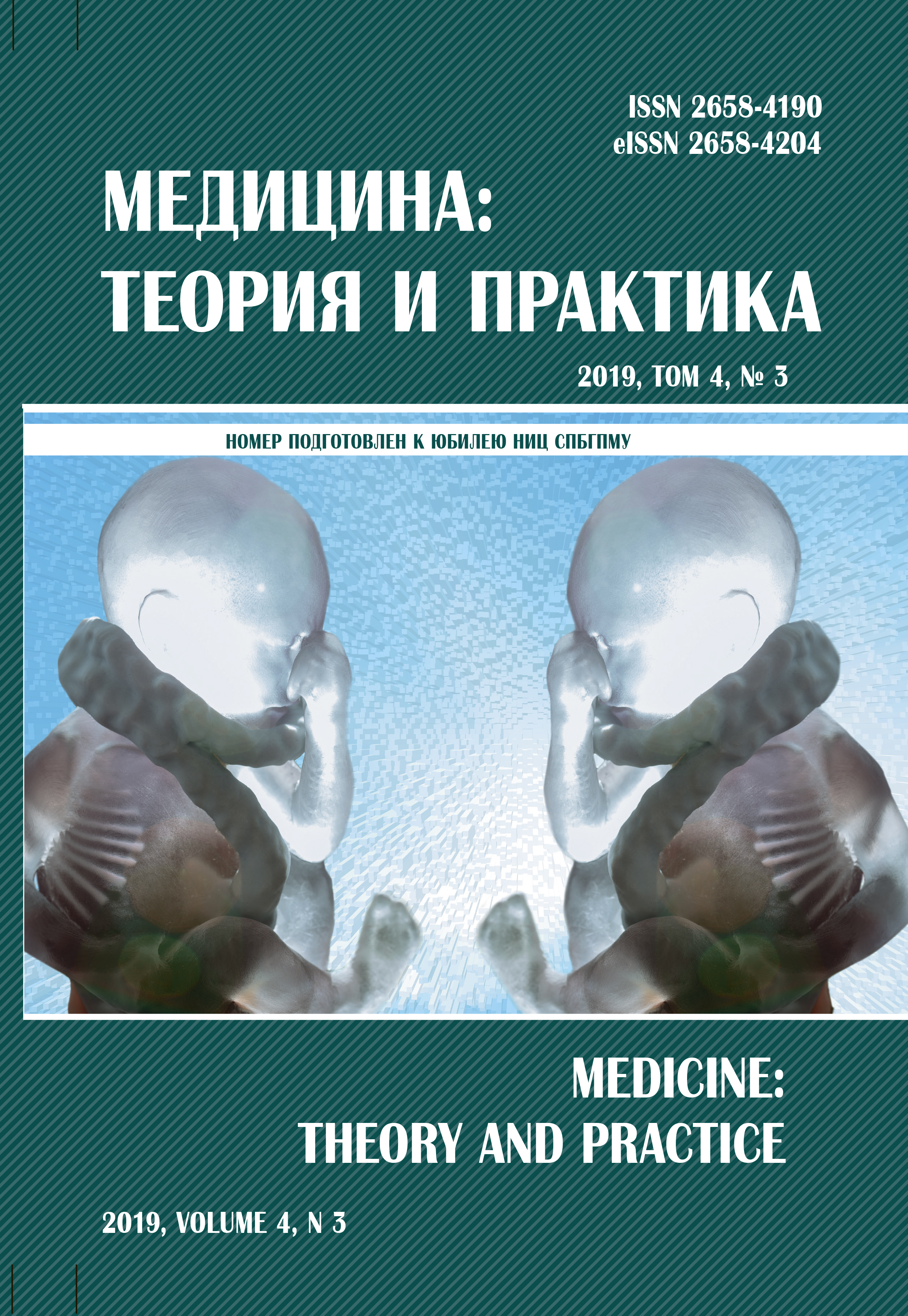Morphological and immunological features of chronic gastritis in children with celiac disease
Abstract
Objective: to study the morphological and immunological features of chronic gastritis in children with celiac disease. Materials and Methods: Surveyed 176 children with chronic gastritis (CG) aged 3 to 16 years. The first group consisted of 58 children with chronic gastritis and newly diagnosed celiac disease who did not comply with the gluten free diet (GFD), the second group included 49 children with chronic gastritis and celiac disease who were on the (GFD). The comparison group (group 3) consisted of 69 children with chronic gastritis without Celiac disease. All patients performed the determination of antibodies to tissue transglutaminase (tTG) IgG, IgA and antibodies to deaminated peptides of gliadin IgG by ELISA, a morphometric study of biopsy specimens of the duodenal mucosa, a genetic study to determine the HLA-DQ2 / HLA-DQ8 gene. The diagnosis of chronic gastritis is verified morphologically by all study participants. A morphometric study of biopsy specimens of the gastric mucosa was performed using the Videotest system, the program “Morphology 5.0”. The morphometric assessment of duodenal mucosa biopsy specimens was carried out according to the Marsh Oberhuber modified classification (1999). The levels of pepsinogen I (PG1) and Pensinogen II (PG2), antibodies (IgG) to Kastl’s internal factor, IgG antibodies to H + / K + ATPase of the parietal cells were determined in the plasma by ELISA and in 45 children the anti parietal PCA antibodies were determined IgG by indirect immunofluorescence. Results. Only in children with newly diagnosed celiac disease are anti parietal PCA IgG antibodies detected at the same frequency of HP infection in all groups. No association was found between the level of antibodies to tissue transglutaminase and the level of antiparietal antibodies in a group of children with newly diagnosed celiac disease. According to our morphological study, the pathological process in the mucous membrane of the body of the stomach, incl. dystrophic and erosive changes were more often observed precisely in celiac disease, and regardless of adherence to the diet. The relationship between the level of antibodies to Castor factor and the morphometric parameters of CO of the body of the stomach is in favor of the autoimmune nature of gastritis in celiac disease. Conclusion. In children with celiac disease, autoimmune gastritis is significantly more frequently diagnosed in the pre atrophic stage. The role of tTG and gluten as the triger of autoimmune gastritis, as well as the question of the protective effect of the gluten free diet for autoimmune gastritis, require further study.



